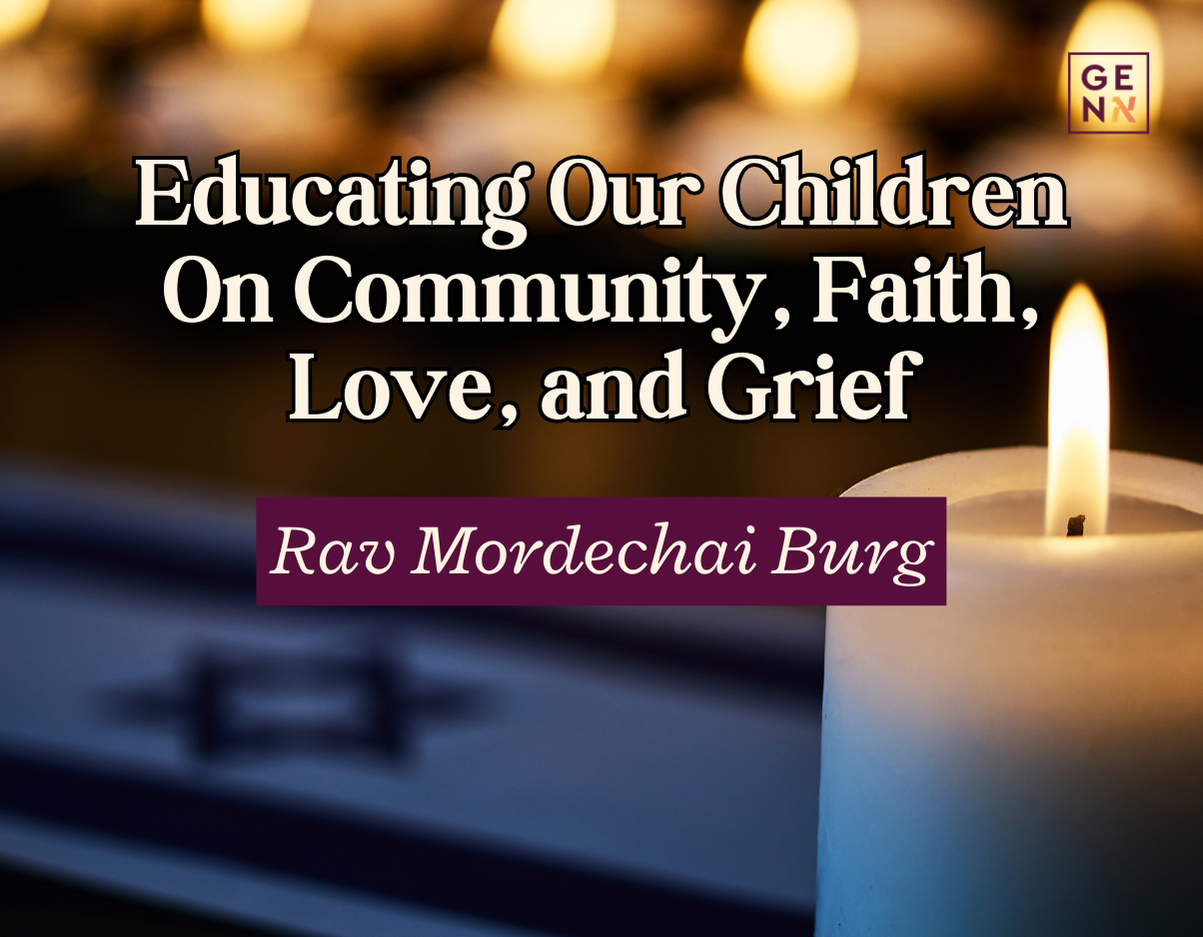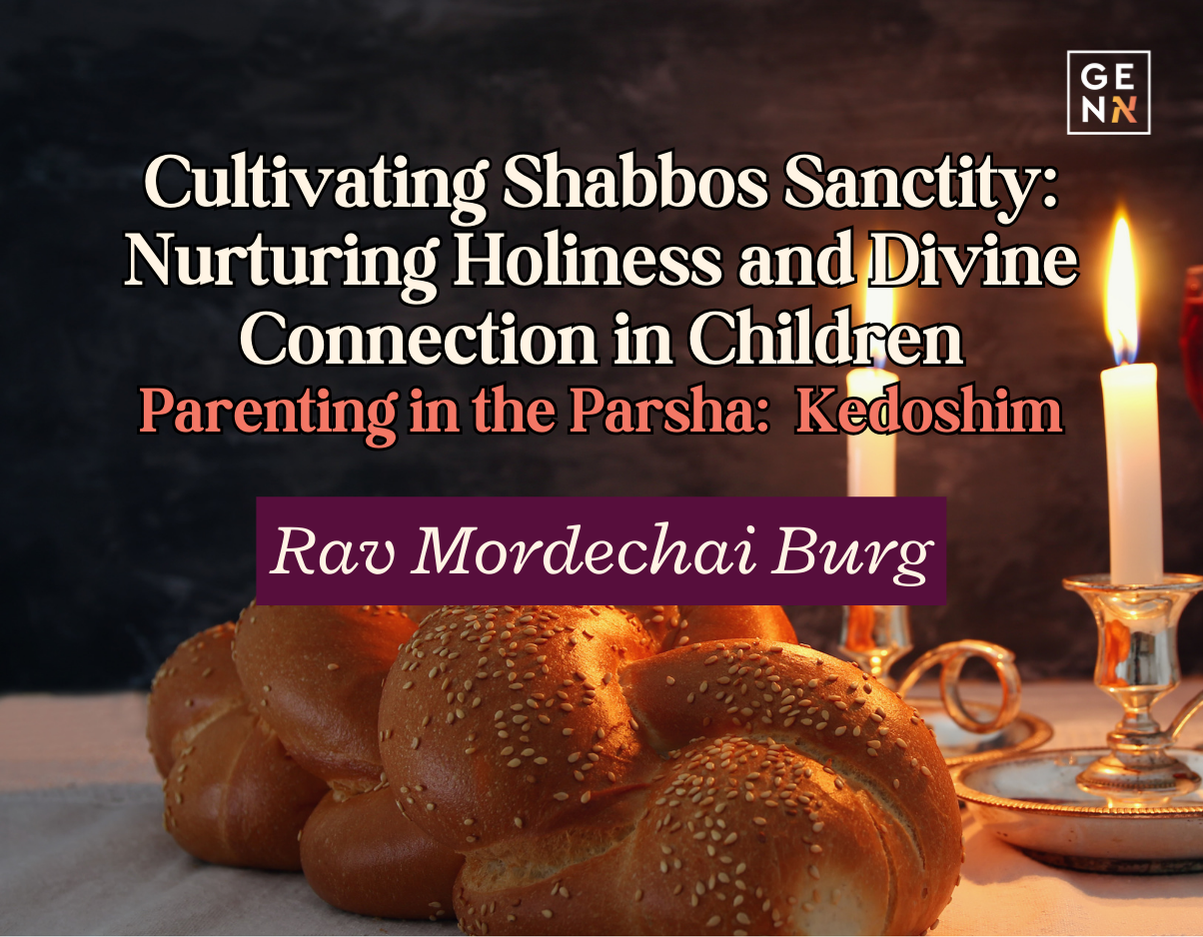In describing the affliction of tzara’as, the Torah uses the peculiar language of ונתתי, which literally means “and I give.” This seems to imply that by placing tzara’as on someone’s house, Hashem is giving a gift of some sort. This is difficult to understand, as the Torah indicates that tzara’as is a result of wrongdoing. What drives this difficulty even further is that Chazal embraces both points.
Rashi, quoting the midrash, explains that when one found tzara’as on his home, it was actually welcome news, as the Amorites had hidden treasures of gold within the walls of their homes, and when the home would be demolished as a result of the tzara’as, the family would be blessed with wealth.
On the other hand, the Torah describes the homeowner whose house was afflicted with tzara’as with the term “he to whom the house belongs.” The gemara (Yoma 11b) explains that the word לו is used to connote one who devotes his house solely to himself, and who therefore refuses to lend out his possessions, falsely claiming that he doesn’t own them.
The midrash details a scenario in which a person asks his neighbor to borrow something multiple times and is met with a response of, I have none. “What does the Holy One do? He brings a plague on the house, and when the man is forced to take out all of his belongings, everyone sees and they say, “Didn’t he say that he had nothing? Look how much wheat he has! How much barley! How many dates there are here!” (Vayikrah Rabbah 17)
The gemara (Arachin 16a) further explains that someone is punished with tzara’as on his home if he steals. Since he gathered property that is not his, the Kohen comes and scatters all of his belongings.
The contrast between these two perspectives is striking. The gemara maintains that a person whose home is afflicted with tzara’as is stingy with his possessions and is ultimately forced to display his property for all to see, and he may have even stolen from others! Yet, the midrash says that this same person is rewarded with great wealth! If he is indeed a person who doesn’t share with his neighbors, why would he be rewarded with wealth?
What is even more puzzling is that had Hashem wanted to reveal the hidden golden treasures of the Amorites to Klal Yisrael, He could have simply commanded them to destroy all
of the houses. Why did Hashem choose to reveal these hidden treasures under such strange circumstances?
The Gemara (Sanhedrin 71a) teaches that in fact there was a never a case where one’s home was afflicted with tzara’as. The passage in the Torah was written so that we may expound upon it and receive the reward. What messages are we meant to glean from this complex topic?
At its core tzara’as is an affliction that is brought about by seeing ourselves as disconnected from others. This can be a function of the way we speak about others, but it can also be a function of the way we treat other people. When our neighbors ask to borrow something, our attitude ought to be an air of excitement. We should be excited to share with others. As G-dly souls, we are deeply connected to each other, and we should share with our neighbors as an expression of that connection. When we are stingy, we reveal the negative way in which we see others. Hashem ensures that the thief and the stingy neighbor will be seen for who they really are, as their possessions lie out in public for all to see. The punishment certainly fits the crime. Which neighbor will be there for the metzora after it is revealed that he was lying all along?
Nevertheless, hope is not lost. Though the path will be difficult, there is a treasure that can be acquired in these challenging times. As the secrets of the metzora have been revealed, he is now called upon to look at the fabric of his relationships. If he can reach deep with himself and recognize his essence he will come to the realization that his neighbors are extensions of
himself. The hidden treasure now becomes his! The root of the word Amorites is אמור, which means to speak. In other words, the metzora who has done teshuva will now speak in a
positive way about his neighbors. He will share with them and treat them appropriately. He will become a beloved member of the community as they readily see the changes he has made in
his life. This is a great treasure indeed!
As we consider our own homes and the values that we are communicating to our family, the
sugya of tzara’as on a home is certainly a fundamental one. It teaches us how to create homes of positivity and connection, how to see our community as one shared soul and not just a
group of individuals. Children are meant to be raised by a community. A child who grows up with the knowledge that he is one part of a larger ecosystem grows up with the safety and security knowing that he is never alone. When our children see us actively participating and contributing it ennobles their own sense of self and in turn they too become people who contribute to the community. If chas v’shalom a child is raised by parents who are selfish and stingy, they are growing up in a home where they are fundamentally alone. They have no one to protect them and they do not see it as their mission to protect others. Such a child will grow up with a very diminished sense of self. No wonder Chazal tell us that these Sugyas were only written so that we would expound upon them and reap the reward. What greater reward could there be then the treasure of learning the value of raising our children in a community.
Submit your questions
"*" indicates required fields











